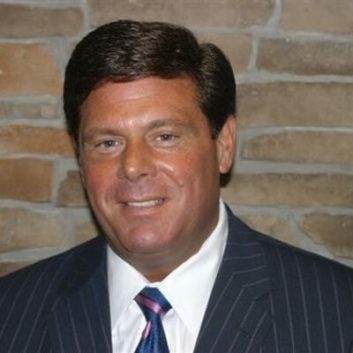The New Jersey Broadcasters Association has a clear message for the FCC: It opposes any modification of the existing LPFM service rules that would increase the potential for interference to higher full-power radio broadcast stations, such as might be the case in a densely populated area like New Jersey.

In comments filed with the Federal Communications Commission, the New Jersey Broadcasters Association expressed concern about the commission’s July 2019 Notice of Proposed Rulemaking concerning proposals to improve the low-power FM service. In short, the rules must be followed when it comes to secondary services not interfering with full-power radio broadcast stations in other classes, the NJBA said. Referring to another secondary service whose expansion has caused friction in some places, NJBA CEO and President Paul S. Rotella said, “In effect, the abundance of FM translators has created ‘holes’ in the audiences of full-power radio broadcast stations by causing interference to those stations.”
[Read: FCC Finalizes FM Translator Interference Rules]
The NJBA asked the FCC to continue to pay close attention to the tenants of the Local Community Radio Act of 2010 and the resulting statutory protections that are afforded full-power commercial radio stations.
The NJBA said that interference also compromises the integrity of the Emergency Alert System “since many LPFMs do not have the equipment necessary to receive, propagate and broadcast critical EAS messaging” — an issue the organization said is particularly worrisome due to New Jersey’s high population density and its broadcast audience’s reliance on local radio for emergency information and other important local news and information.
Referencing perceived listener behavior on another interference issue, the NJBA said, “many listeners of full-power stations may be deprived of the service provided by their local full-service stations, and therefore simply tune into the plethora of other nonbroadcast programming sources available to the public today — rather than taking the time to file interference complaints …”
The NJBA also expressed concern that the changes to LPFM engineering requirements proposed in the FCC’s July NPRM will exacerbate these dangerous “holes” in full-power station audiences.
The NJBA said that the commission must keep in mind that LPFMs were originally positioned as a secondary, noncommercial radio service with a community focus.
“The need for further expansion and competition from LPFM services is dubious at best, given that the radio broadcasting industry has already been subjected to increased competition from the recently enacted FM translator rule changes, digital media, satellite radio, podcasts, internet and other media sources,” the organization said in its filing. “Moreover, the changes proposed in the NPRM will likely only serve to increase interference with full power stations.”
“Accordingly, when it comes to balancing the equities, the FCC must ensure that the balance falls on the side of full-power broadcast licensees, whose station licenses and construction permits were granted under a licensing regime in which they were promised — and therefore should be accorded — full protection from secondary service interference,” the organization said.
The NJBA believes the commission should consider increasing power for New Jersey Class A FM broadcast stations from 3 kW to 6 kW to “mitigate existing power inequities [that] threaten the survival of Class A FM broadcasters, coupled with the ongoing allowances given translators and the rules being now contemplated for LPFMs.”
Responding specifically to the FCC’s request for comments on the NPRM, the broadcast association said LPFMs should not be granted expanded usage of directional antennas because those antennas could interfere with the signal patterns of co-channel and first-adjacent full-power FM stations. “The very nature of directional antennas conflicts with the original purpose for the LPFM service — i.e., reaching smaller, community-oriented audiences in highly localized areas,” the association said.
The NJBA also opposes redefining the phrase “minor changes” for purposes of expanding the ability of LPFM stations to relocate — unless that redefinition excludes relocations that could potentially affect full-power stations and their 45 dBμ contour listening audiences. The organization also expressed concern about permitting the cross-ownership of LPFM and FM booster stations without considering the implications of such a rule change on Class A FM broadcast stations.
In short, NJBA believes that the expansion of LPFM service through the proposed rules in the NPRM is contrary to the limited, secondary nature of that broadcast service, the association said. “Nevertheless, to the extent the commission chooses to adopt such rule changes, it must also adopt explicit protections for full-power radio broadcast stations and more importantly Class A FM broadcast stations,” the group said.
The comments were submitted as part of Media Bureau Docket Number MB Docket No. 19-193 via the FCC’s ECFS comment database.









